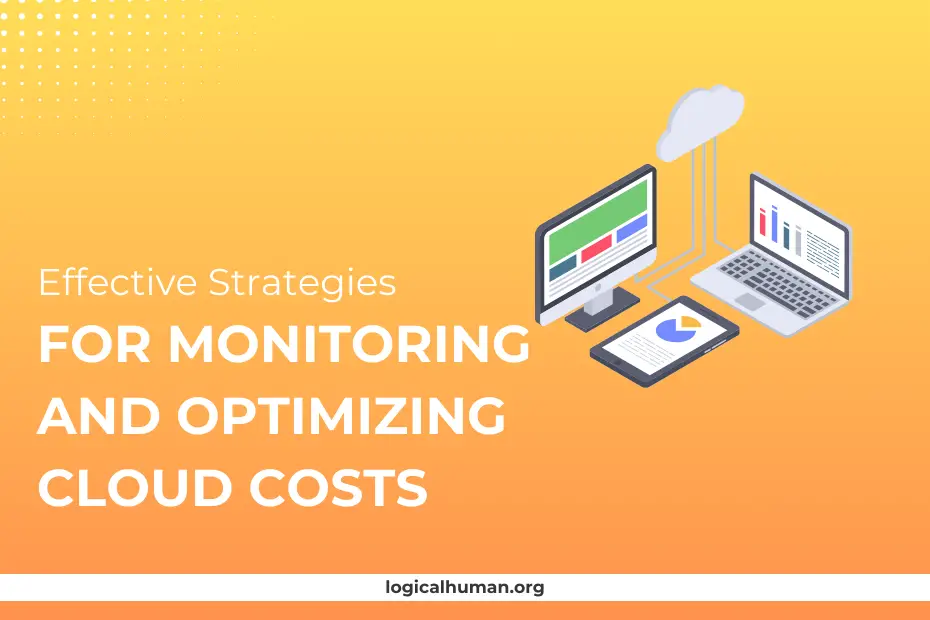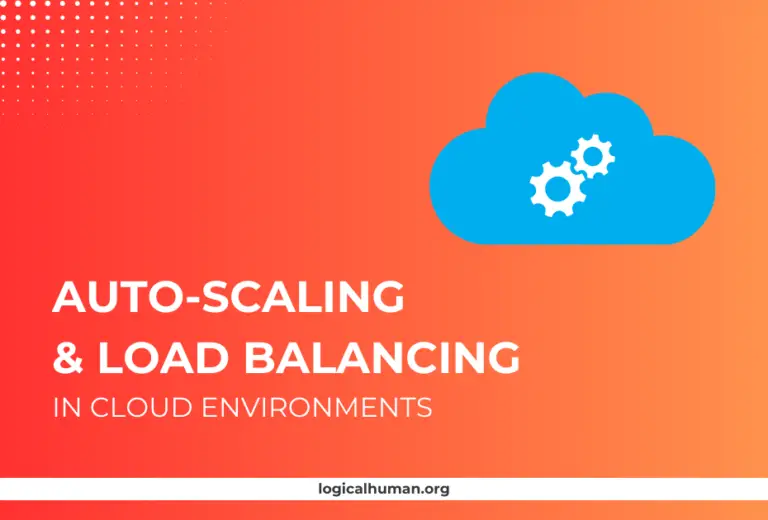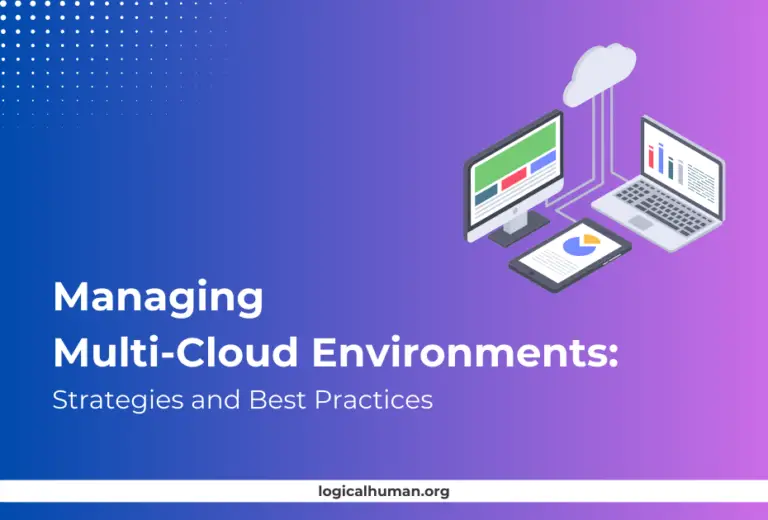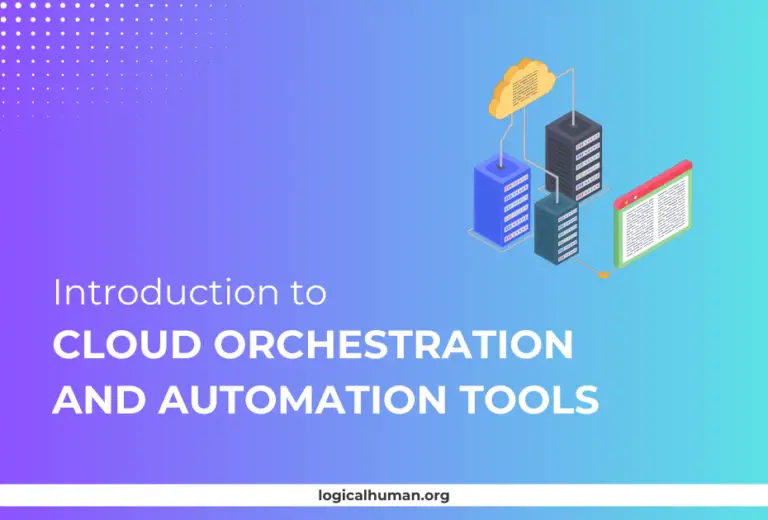Managing cloud costs can feel like trying to catch water in your hands—if you don’t have the right strategies, it just slips through your fingers. Whether you’re a startup or a large enterprise, keeping an eye on cloud expenses is crucial for ensuring your resources are being used efficiently and economically. In this article, we’ll explore effective strategies to monitor and optimize cloud costs, helping you get the most out of your cloud investment.
Understanding Your Cloud Costs
Analyzing Cloud Billing Statements
Cloud bills can be as confusing as trying to read a novel in another language. They often contain a plethora of charges for different services, which can make understanding them a daunting task. Start by breaking down your bill into sections to understand what you’re paying for—compute, storage, data transfer, and so on.
Identifying Cost Centers
Cost centers are specific areas or departments within your organization that generate expenses. By identifying these centers, you can track which parts of your organization are incurring the most cloud costs and why. This will allow you to allocate resources more efficiently and control expenses better.
Tracking Cost Trends Over Time
It’s not enough to know what you’re spending now; you need to understand how your costs are changing over time. Use historical data to track trends and identify seasonal spikes or unexpected increases in spending. This insight can help you forecast future expenses and plan accordingly.
| Tool Name | Key Features | Pros | Cons | Best For |
|---|---|---|---|---|
| AWS Cost Explorer | Detailed cost analysis, resource recommendations, forecasting | Integrated with AWS, user-friendly interface | Limited to AWS ecosystem | AWS users needing basic insights |
| Azure Cost Management | Budget alerts, cost forecasting, multi-cloud support | Integrated with Azure, customizable dashboards | Best suited for Azure environments | Azure users with complex needs |
| Google Cloud Cost Management | Real-time insights, cost attribution, budget alerts | Real-time data, detailed resource categorization | Limited support for non-Google services | Google Cloud users |
| ParkMyCloud | Automated resource scheduling, rightsizing recommendations | Cost-effective, simple interface | Limited features beyond resource scheduling | Small to medium businesses |
| Cloudability | Advanced cost analytics, budget management, chargeback support | Multi-cloud support, granular cost insights | Requires training to use effectively | Large enterprises with complex needs |
Rightsizing Resources
What is Rightsizing?
Rightsizing involves adjusting the size of your cloud resources to match the actual usage needs. Imagine renting a big, expensive office space when all you need is a small desk—that’s what over-provisioning cloud resources is like.
How to Identify Over-Provisioned Resources
Start by analyzing your resource usage metrics. Are you consistently using only a fraction of the CPU and memory allocated to your instances? If so, it’s time to downsize. Tools like AWS Trusted Advisor and Azure Advisor can provide recommendations for optimizing your resources.
Tools for Automated Rightsizing
There are numerous tools available that can automatically analyze your usage patterns and suggest optimal instance sizes. CloudHealth, for example, provides insights and recommendations based on real-time data, making rightsizing a breeze.
Best Practices for Resource Optimization
Ensure you regularly review your resource allocation. It’s also a good idea to implement auto-scaling policies that adjust resources based on actual demand, which can significantly reduce costs during off-peak hours.
Implementing Reserved Instances
What Are Reserved Instances?
Reserved Instances (RIs) are like buying in bulk—you commit to using a specific type of instance for a one- or three-year term in exchange for a significant discount. This can save you up to 75% compared to on-demand pricing.
Benefits of Reserved Instances
The primary benefit is cost savings, but they also provide predictability in your billing. By committing to a set amount of usage, you’re less susceptible to price fluctuations in the on-demand market.
When to Use Reserved Instances
RIs are ideal for steady-state, predictable workloads that will run continuously over the reservation period. They’re not suitable for short-term or highly variable workloads.
Calculating Savings with Reserved Instances
Use your cloud provider’s calculator tools to estimate savings before committing. Compare this with your historical usage data to ensure it’s the right move.
Leveraging Spot Instances
What Are Spot Instances?
Spot Instances are a cost-effective option for non-critical workloads. They are instances that cloud providers sell at a discount because they can be terminated at any time if there’s a higher demand for those resources.
Benefits and Risks of Using Spot Instances
The cost savings can be substantial—up to 90% off regular rates. However, the trade-off is the risk of sudden termination, which can disrupt your applications if not managed correctly.
Best Use Cases for Spot Instances
Spot Instances are perfect for workloads that are flexible and resilient to interruptions, such as batch processing, data analysis, and testing environments.
Managing Spot Instance Interruptions
To handle interruptions, use tools like AWS Spot Fleet, which can automatically replace interrupted instances with new ones, or use checkpointing mechanisms to save the state of your applications periodically.
Utilizing Cost Management Tools
Built-In Cloud Provider Tools
Most cloud providers offer built-in tools for cost management. AWS has Cost Explorer, Azure has Cost Management and Billing, and Google Cloud offers Cost Management tools. These tools can help you visualize your spending patterns and identify cost-saving opportunities.
Third-Party Cost Management Tools
Third-party tools like Cloudability, CloudHealth, and ParkMyCloud offer more advanced features like multi-cloud cost tracking, automated recommendations, and custom alerts.
Features to Look For in Cost Management Tools
Look for tools that offer detailed cost breakdowns, automated recommendations, customizable alerts, and integration with your cloud accounts. Ease of use and the ability to handle multi-cloud environments are also crucial.
Comparison of Popular Tools
Each tool has its strengths—CloudHealth excels in providing detailed reports, while ParkMyCloud is great for automating resource scheduling. Choose a tool that fits your specific needs and budget.
Setting Up Alerts and Budgets
Creating Budget Alerts
Budget alerts notify you when your spending is approaching a set limit. This is a great way to prevent unexpected cost overruns and keep your cloud costs under control.
Setting Up Usage Alerts
Usage alerts can help you monitor specific resource usage, such as CPU hours or storage consumption. By setting up these alerts, you can quickly identify unusual activity that could lead to higher costs.
Automating Notifications for Cost Overruns
Automate notifications to send alerts to your team when costs exceed a certain threshold. This ensures that everyone is aware of the situation and can take action to mitigate it.
Adopting a Tagging Strategy
Importance of Tagging Resources
Tagging resources with metadata, such as the project name, owner, or environment, is essential for tracking and managing costs. Without tags, it’s like trying to balance your checkbook without knowing where the money is going.
Best Practices for Tagging
Use a consistent naming convention for tags across all your resources. Make sure to tag all new resources immediately upon creation to avoid gaps in your tracking.
Organizing Tags for Effective Cost Allocation
Group your tags into categories such as cost center, environment, and department. This will make it easier to allocate costs accurately and identify areas for optimization.
Tools for Tagging Compliance and Auditing
Tools like Cloud Custodian and AWS Config can help enforce tagging policies and ensure compliance. Regularly audit your tags to ensure they’re still relevant and useful.
Using Automation to Optimize Costs
Automating Shutdown of Idle Resources
Idle resources are like leaving the lights on in an empty room—they waste money. Use automation scripts to shut down resources during non-business hours or when they’re not in use.
Automating Storage Management
Implement automation to move infrequently accessed data to cheaper storage tiers or to delete it after a certain period. This can significantly reduce storage costs.
Auto-Scaling for Dynamic Workloads
Auto-scaling automatically adjusts the number of instances based on demand, ensuring you’re not paying for unused capacity during low-traffic periods.
Implementing Automation Scripts for Cost Optimization
Use Infrastructure as Code (IaC) tools like Terraform or AWS CloudFormation to automate the deployment and management of cost-optimized cloud environments.
Optimizing Storage Costs
Understanding Different Storage Tiers
Cloud providers offer various storage tiers, such as Standard, Infrequent Access, and Archive. Each tier has different pricing and performance characteristics, so choose the one that best fits your data usage patterns.
Using Lifecycle Policies for Data Management
Lifecycle policies automatically move data to cheaper storage tiers as it ages. For example, move logs older than 30 days to an archive tier to save costs.
Analyzing Storage Utilization and Trends
Use storage analytics tools to understand your data usage patterns. Identify large, infrequently accessed files or redundant data that can be deleted or archived.
Archiving and Deleting Unnecessary Data
Regularly review your storage for data that can be deleted or archived. Unnecessary data not only costs money but can also clutter your storage environment.
Reducing Data Transfer Costs
Understanding Data Transfer Pricing
Data transfer costs can add up quickly, especially for applications with high network traffic. Understand the pricing structure for data transfers within and outside your cloud environment to avoid unexpected charges.
Strategies to Minimize Data Transfer Costs
Minimize data transfer by keeping your resources in the same region whenever possible. Use peering connections or dedicated lines for high-volume transfers to reduce costs.
Optimizing Network Configurations
Optimize your network settings to reduce data transfer costs. For example, use VPC endpoints in AWS to reduce data transfer costs to S3.
Using Content Delivery Networks (CDNs) Effectively
CDNs can help reduce data transfer costs by caching content closer to your users, reducing the amount of data transferred from your primary cloud environment.
Regularly Reviewing and Revising Cloud Contracts
Understanding Your Cloud Provider’s Pricing Model
Cloud providers frequently update their pricing models. Stay informed about these changes and review your contracts periodically to ensure you’re getting the best deal.
Negotiating Better Terms
If you’re a large user, consider negotiating better terms with your cloud provider. You may be able to secure discounts or credits based on your expected usage.
Adjusting Contracts Based on Usage Trends
If your usage patterns have changed, adjust your contract terms to match. This can help you avoid paying for resources you no longer need or use.
Conducting Regular Cost Audits
How to Perform a Cloud Cost Audit
A cloud cost audit involves reviewing your cloud usage and spending to identify inefficiencies. Look for underutilized resources, unexpected charges, and areas where you can optimize spending.
Identifying and Eliminating Waste
Identify resources that are not being fully utilized or are no longer needed. Deleting these resources can free up budget for other projects or reduce overall costs.
Reviewing Audit Results with Teams
Share audit results with relevant teams and stakeholders. This ensures everyone is aware of the cost-saving opportunities and can contribute to implementing the changes.
Educating Teams About Cost Management
Why Education is Essential for Cost Management
Educating your teams about cloud cost management is crucial for maintaining a cost-effective environment. When everyone understands the impact of their actions, they’re more likely to make cost-conscious decisions.
Training Programs and Resources
Implement training programs and provide resources to help your teams learn about cost management. This could include workshops, online courses, or internal documentation.
Encouraging a Cost-Aware Culture
Foster a culture where cost management is everyone’s responsibility. Encourage teams to think about the cost implications of their work and reward cost-saving initiatives.
Conclusion
Summary of Effective Strategies
Managing cloud costs effectively requires a combination of strategies, from rightsizing resources to leveraging reserved instances, using cost management tools, and educating your team. By implementing these strategies, you can gain better control over your cloud spending and ensure your resources are being used efficiently.
Final Thoughts on Cloud Cost Management
Cloud cost management is an ongoing process that requires regular monitoring and adjustment. By staying proactive and adopting a comprehensive approach, you can optimize your cloud costs and maximize the value of your investment.
FAQs
What is the best way to reduce cloud costs?
The best way to reduce cloud costs is by implementing a combination of strategies, such as rightsizing resources, using reserved and spot instances, leveraging cost management tools, and automating cost optimization processes.
How can I track cloud costs effectively?
You can track cloud costs effectively by using built-in cloud provider tools like AWS Cost Explorer or third-party tools like CloudHealth. Regularly review your spending patterns and set up alerts to monitor unexpected costs.
What tools are available for cloud cost management?
There are several tools available for cloud cost management, including AWS Cost Explorer, Azure Cost Management, Google Cloud Cost Management, CloudHealth, and Cloudability. Each tool offers different features and capabilities, so choose one that fits your needs.
How often should I review my cloud costs?
It’s a good practice to review your cloud costs at least once a month. For high-volume or dynamic environments, consider weekly reviews to catch and address any anomalies quickly.
What are some common mistakes in cloud cost management?
Common mistakes in cloud cost management include over-provisioning resources, neglecting to use reserved instances, failing to set up alerts and budgets, not optimizing storage and data transfer costs, and not educating teams about cost management. Avoid these pitfalls by implementing best practices and regularly reviewing your cloud environment.



